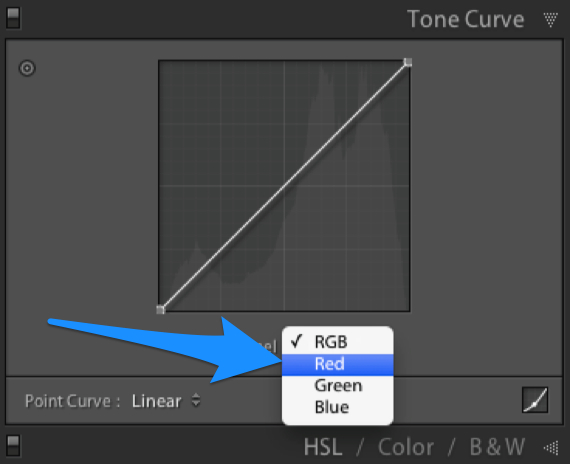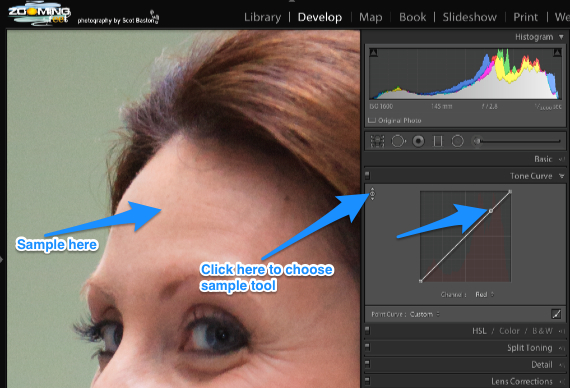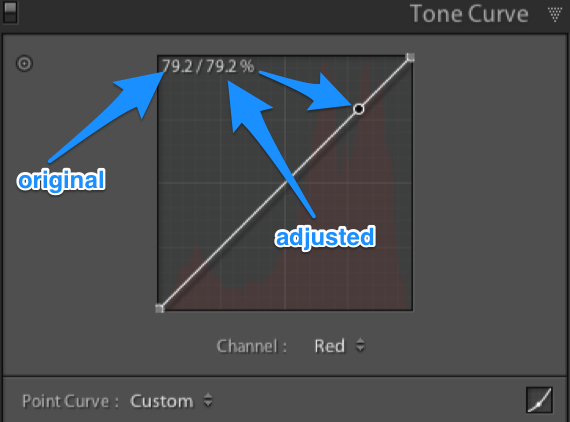Adobe Photoshop Lightroom Classic CC 2020 9.1.0 Free Download 2021
Introduction
Lightroom Classic CC 2020
Lightroom Classic CC 2020 gives you powerful one-click tools and advanced controls to form your photos look amazing. this is often a preactivated version.
With Adobe Photoshop Lightroom Classic CC 2020, you've got all the desktop editing tools you would like to bring out the simplest in your photographs. Punch up colors, make dull-looking shots vibrant, remove distracting objects, and straighten skewed shots. Plus, the newest release offers improved performance so you'll work faster than ever.
With better performance under the hood, Lightroom Classic CC allows you to import photos, generate previews, and move from Library to Develop Module in record time.
If you're a beginner, Adobe has lot’s of tutorials for using lightroom classic CC 2020,
visit here Lightroom Classic CC tutorials
This is Adobe Photoshop Lightroom Classic CC 2020 version 9.1.0
Adobe Photoshop Lightroom Classic CC 2020
With boundary Warp, Use range masking tools to simply select the areas or objects you would like to edit supported their color, luminance, or depth.
With HDR Merge, Create HDR Panos faster now that you simply can merge multiple bracketed exposures into multiple HDR photos then stitch them into a panorama, beat one step.
Features
New! Features of Photoshop Lightroom Classic CC 2020:
Fill uneven edges of your panorama
Fill the uneven edges of your panorama automatically with the new Fill Edges option. Multi-Batch Export
Export your photos in multiple preset to your disk drive.
Export develop presets and preset groups
Export a custom preset or preset group from Lightroom Classic Filter color labeled folders and collections
Filter your folders and collections supported by the color label assigned to them.
Support for brand spanking new cameras and lenses
Find the complete list of supported cameras and lens profiles. Support for brand spanking new cameras and lenses
New camera formats are now supported.
System Requirements
Requirements for Adobe Photoshop Lightroom Classic CC 2020
Multicore processor with 64-bit support
Microsoft Windows 7 with Service Pack 1 (64 bit) or Windows 10 (64 bit) 1807 or later.
(Not supported on Windows 8.1, Windows 10 versions 1511, 1703, 1709, and 1803.)
or
macOS versions 10.12 (Sierra), 10.13 (High Sierra), 10.14 (Mojave)
4 GB of RAM (12 GB recommended)
2 GB of obtainable hard-disk space for installation
1024×768 display resolution
Graphics –
AMD: Radeon GPU with DirectX 12 or OpenGL 3.3 support.
Intel: Skylake or newer GPU with DirectX 12 support.
NVIDIA: GPU with DirectX 12 or OpenGL 3.3 support.
OpenGL 3.3 and DirectX 10-capable video adapter for GPU-related functionality.
1 GB Video RAM (VRAM). 2 GB of dedicated VRAM (4 GB recommended) for giant, high-resolution monitors, like 4K- and 5K-resolution monitors.
Download
Download Adobe Photoshop Lightroom Classic CC 2020 9.1.0 offline Setup (Preactivated) (1.1 GB) from here.
(file name : LightroomClassic2020.9.1.0
Mediafire [Best]
Donate, so that we will add direct link servers, remove ads, and convey you more amazing stuff. Paypal
Unzip the RAR file you've got downloaded.
Use Winrar Download Winrar Latest Full version Free |ask4pc.
#Remember: If a password is asked anywhere in downloading or opening.
Simply enter ask4pc.net
You will get these files :
Install.(ask4pc).exe (Setup)
Ask Me(ask4pc).txt (Instruction file)
and some folders with files.
How to Install :
Install “Install. (ask4pc).exe”.
Simply click [Continue] and [Launch]
It’s Preactivated, so you don’t get to do anything.
Simply Launch the appliance after installation.
DONE!!
Suggestions :
Don’t update.
Kindly note that this is often a very heavy file and wishes heavy decompression.
So your pc may get slow while decompressing. It’s normal.
Close all other apps before installing.
Facing any issues while installing? Download AdobeCreativeCloudCleanerTool.exe from this link.
and uninstall adobe cloud with it. Then install it again, it should work.
1st
Download
2nd
adobe photoshop lightroom classic 2020,lightroom classic,lightroom,adobe photoshop lightroom,lightroom classic cc,adobe lightroom,lightroom classic cc 2020,adobe lightroom 2020,lightroom classic cc 2020 tutorial,adobe lightroom 2020 tutorial,adobe lightroom classic tutorial,how to use lightroom classic,lightroom classic 9.0,how to use lightroom 2020,lightroom 2020 v9.0,new lightroom classic 9.0,what's new in lightroom classic 9.0,lightroom classic cc 8.1,lightroom classic tutorial
























